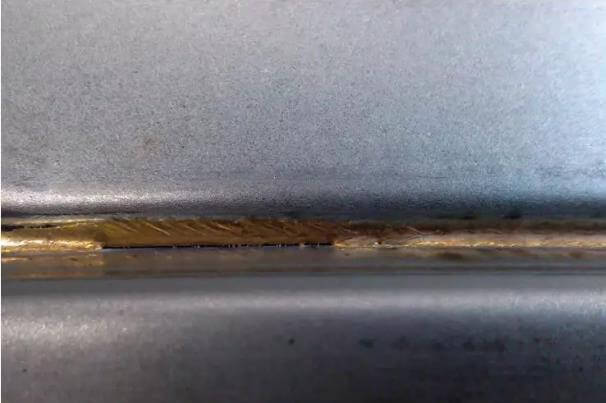Weld deviation/deflection
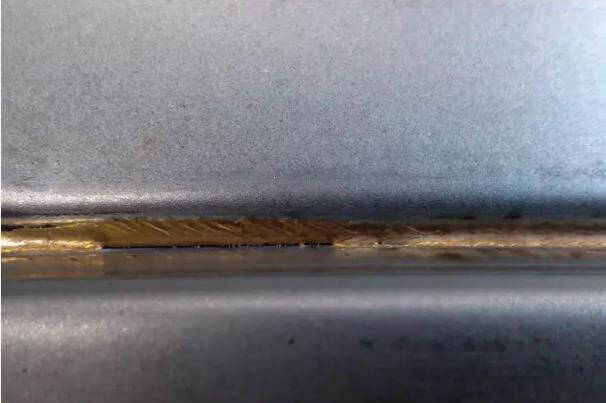
1. Laser
Possible Causes:
1) Unreasonable weld offset setting
Connect to the basic HMI software, check the current offset and determine how to change it according to the welding deviation direction.
2) The protective lens needs to be replaced
There are dense spots and burns in the center of the lens, which need to be replaced
3) Whether the position of the light and wire are aligned
Observe the relative position of the light wire through the display, and the end of the welding wire should be in the center of the cross fork.
4) Is the cable harness that connects the force sensor and the upper controller at the welding joint free ?
Empty the path and observe whether the cable is pressed or wrapped by other cables while walking.
Raw materials and parts
1) The position deviation in the y direction of the weld formed between the top cover and the side wall exceeds the tolerance.
Temporary Scheme Adjustable Range
2) The gap between the top cover and the side wall is out of tolerance.
The temporary scheme can adequately increase the wire feeding speed.
Welding Wire
The wire feed speed is too slow, the wire feed is not smooth, or the speed setting is too low.
1) Observe whether the small motor current in the wire feeder is very large, which indicates that the wire feeding resistance is large.
2) Observe the actual wire feed speed displayed in the process cabinet to see if it is out of tolerance.
Remove the wire three times at a fixed time and speed, measure the length and check whether the deviation from the theoretical value is too large.
If it exceeds 3%, it means that the wire feed is impaired, which will affect normal welding.
3) If the condition is not good, check whether the 690mm wire feed tube at the front end of the wire feeder needs to be replaced;
Whether the pressure force of the guide roller needs to be recalibrated;
If the wire feed nozzle is burned out and deformed, it will need to be replaced.
Uneven weld surface
1) The wire guide nozzle is worn out, resulting in wire chatter.
Check the wire guide nozzle. If it is deformed and burnt, replace it with a new one.
2) There are dense spots in the center of the protective lens of the laser head, resulting in the fluctuation of light transmittance
Check the protective lens. If there are dense spots or burns in the center of the lens, replace it with a new lens.
3) Insufficient laser power
Check the laser power. If necessary, increase the laser power appropriately.
4) The laser welding surface of the side wall is uneven.
Stomata
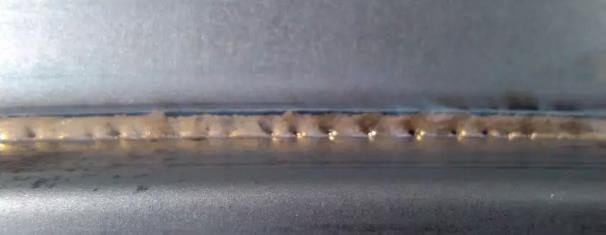
1. Cleaning the part:
Excess zinc and foreign substances.
Check the conformity of the received parts (cleanliness, foreign substances).
2. Influence of airflow
Check the compressed air in the laser head and the compressed air in the device (air leak).
Collapse
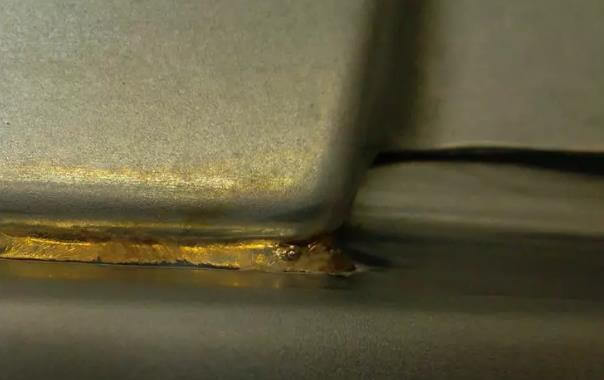
1. Excessive laser power
Reduce laser power appropriately
2. Wire feeding speed is too low .
Check the set value and the actual value of the wire feed speed. If necessary, correct or calibrate the wire feed speed.
3. Irregular robot speed
Check whether the robot parameters are reasonable, especially where there is CNT and ACC and where the robot's attitude changes a lot.
4. The gap between the top cover and the side wall is abnormal .
Check whether the part gap meets the smooth transition requirements within 0.3 mm.
Starting and Ending Arc Welding Tumor
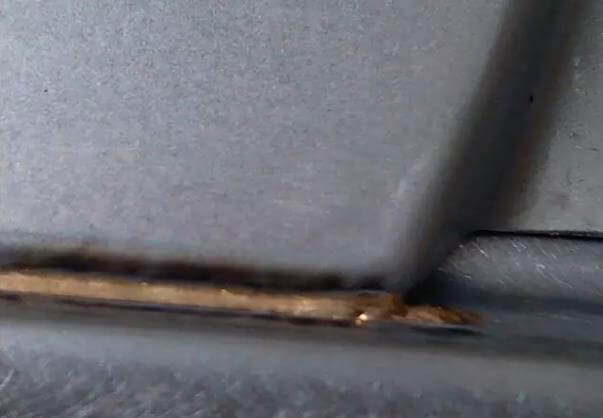
1. Whether the position of the arc's starting and ending points is appropriate .
Check the position of the starting and ending points of the arc on the empty track and make the corresponding adjustment in case of deviation.
2. Whether the laser delay and wire feed delay are reasonably compatible .
1) Overlapping the start of the arc can delay wire feeding
2) Arc stop override may delay light turning off
3 . The starting and ending arc position of the pieces fluctuates in the X direction .
Starting and ending the arc burn
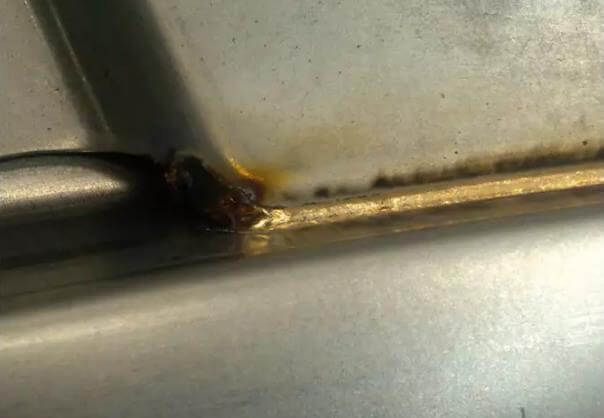
1. Whether the position of the arc's starting and ending points is appropriate .
Check the position of the starting and ending points of the arc on the empty track and make corresponding adjustments in case of deviation.
2. Whether the laser delay and wire feed delay are reasonably compatible .
1) Arc burning may delay light output or reduce laser power in the arc.
2) Stopping and burning the arc may delay the wire feed from stopping.
3) Fluctuation in the X direction of the initial and final position of the arc of the parts.
Welding interruption
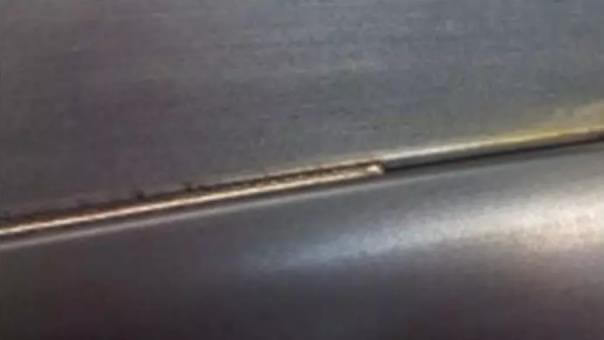
1) Process cabinet alarms “laser source error” and “loss of laser program number” .
Check the laser to confirm the parameters or contact the laser manufacturer.
2) “No coated wire” or “welding wire blocking” process cabinet alarms .
1) Observe the actual wire feed speed to see if it exceeds 10%. If so, check the wire feed piping.
2) Wire feed speed sensor failure

